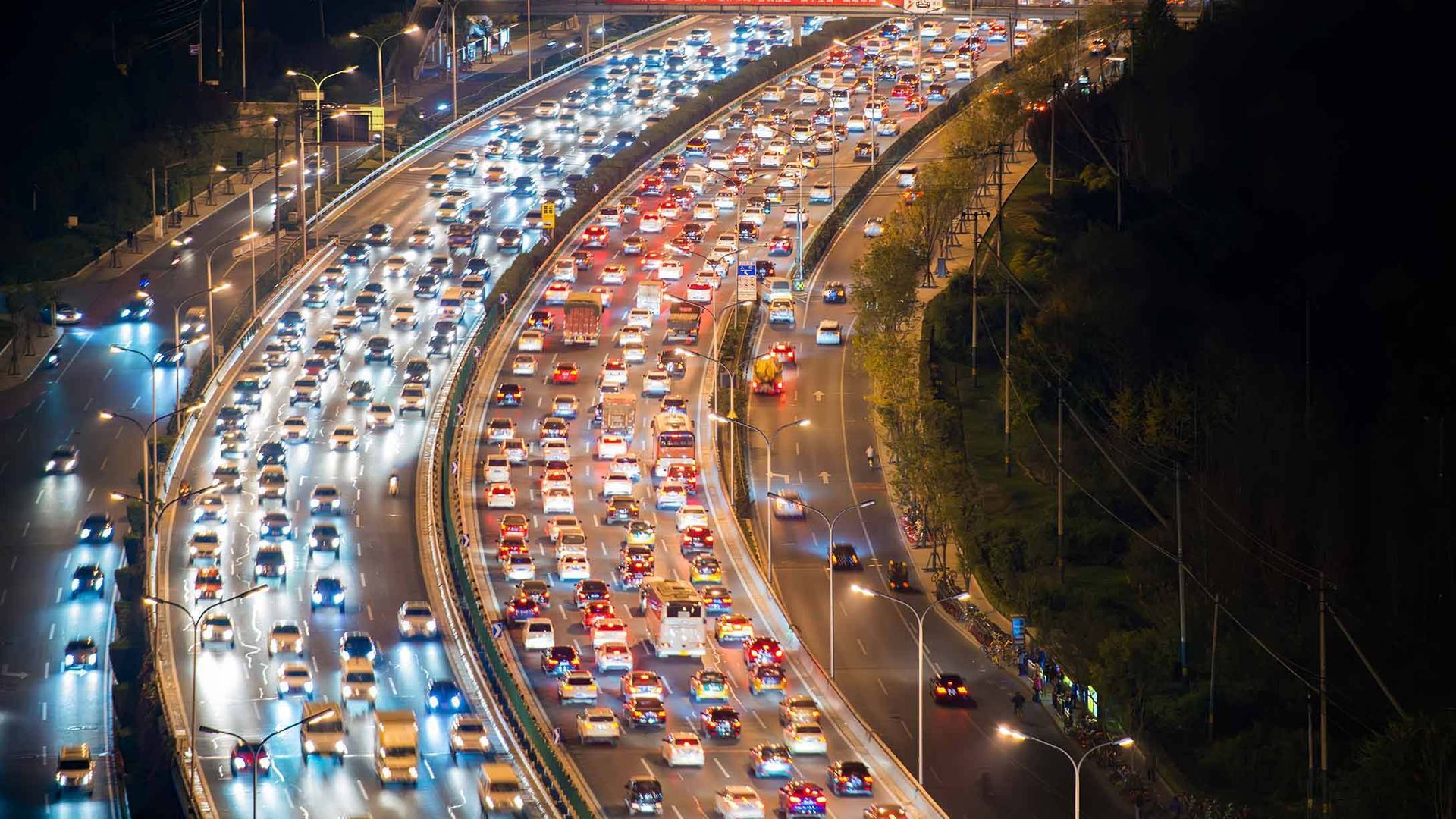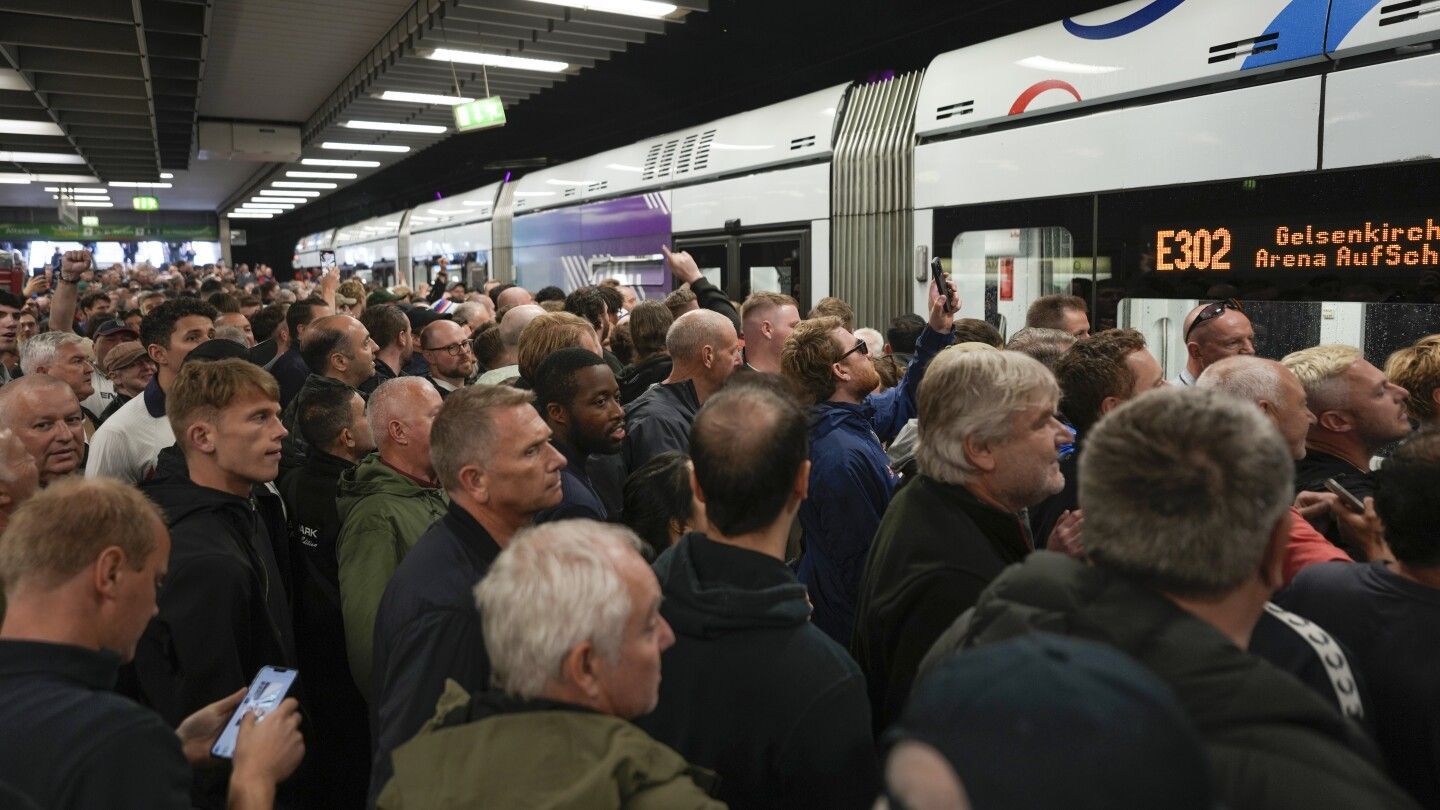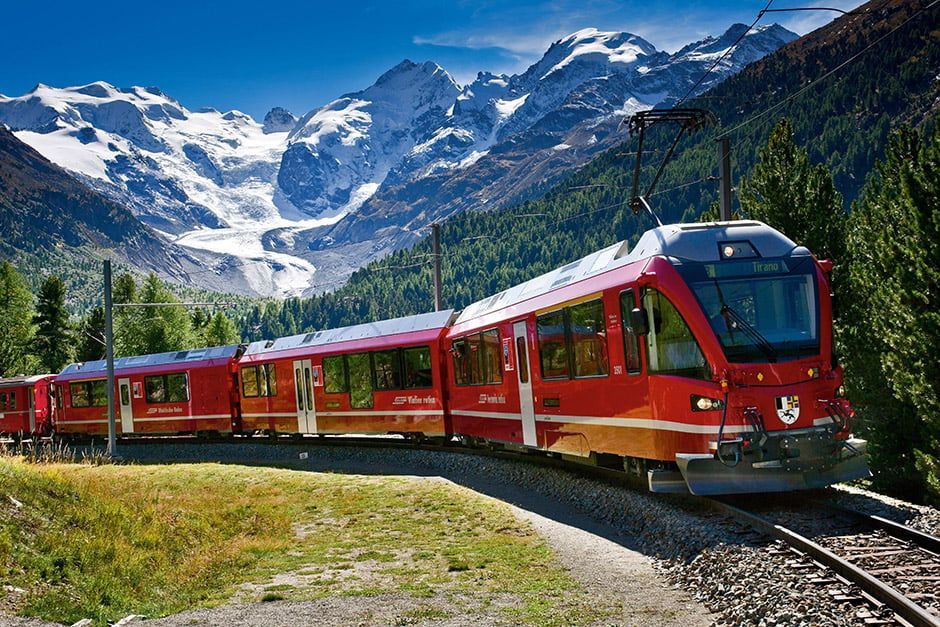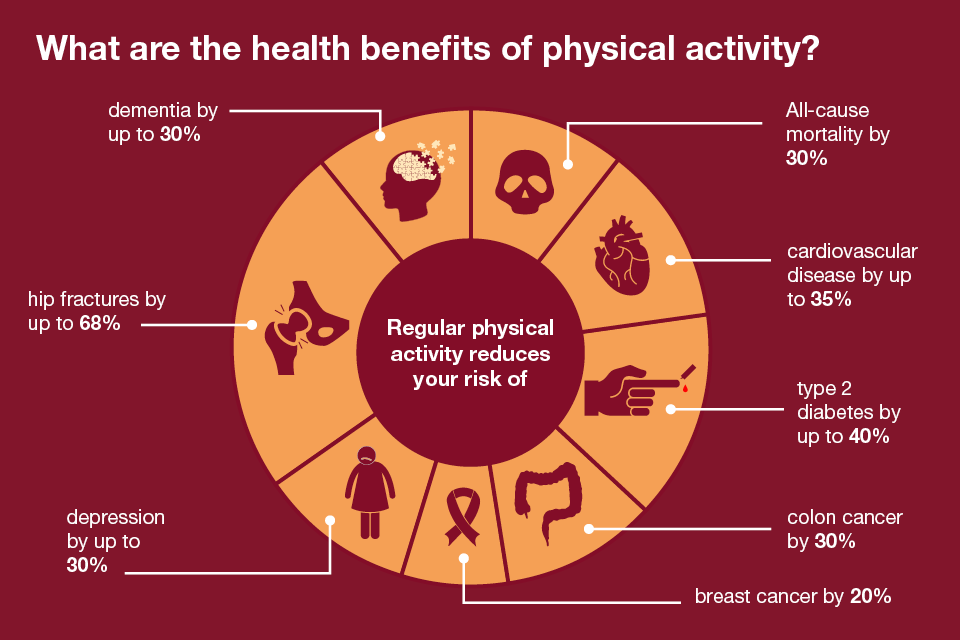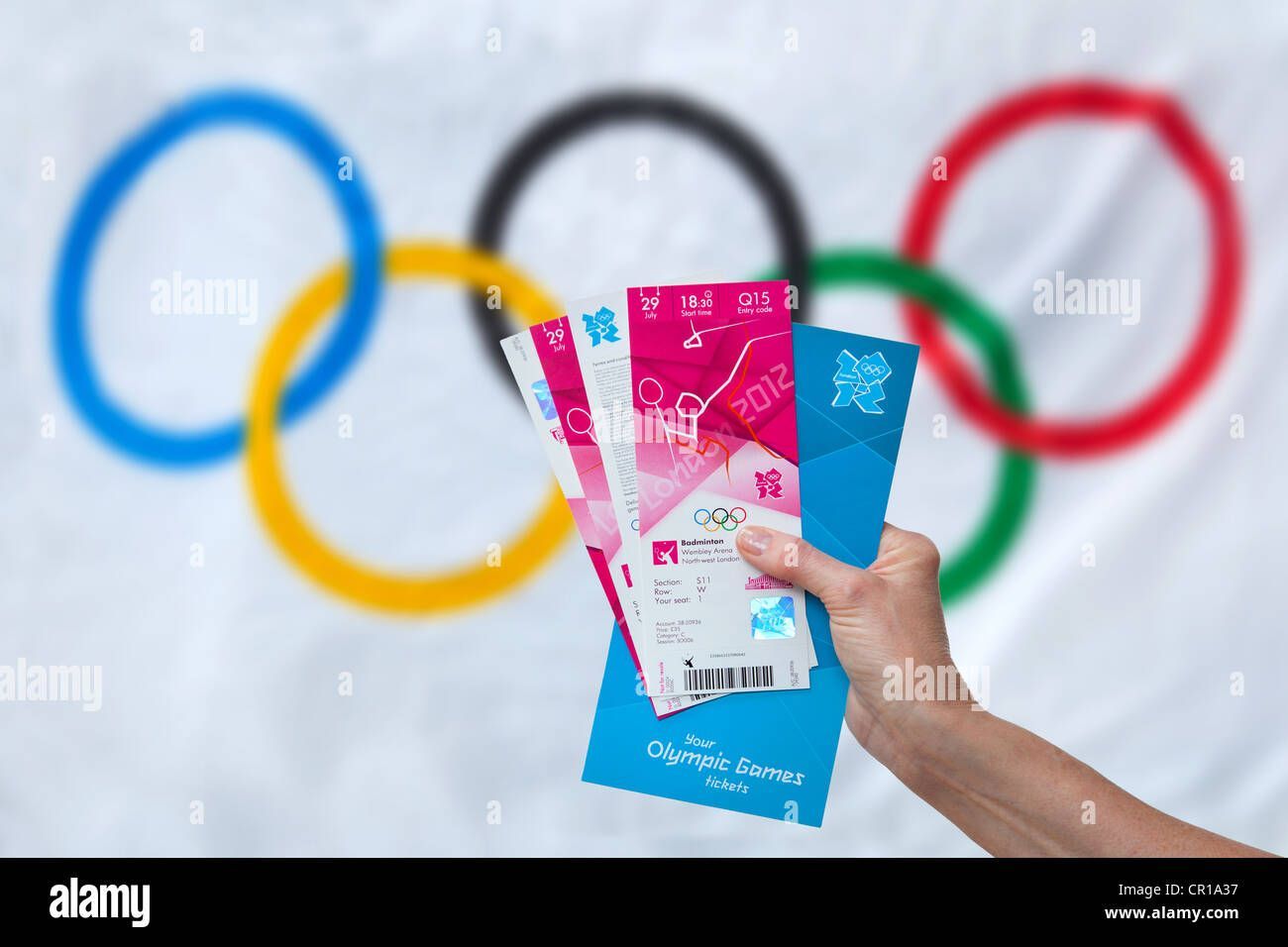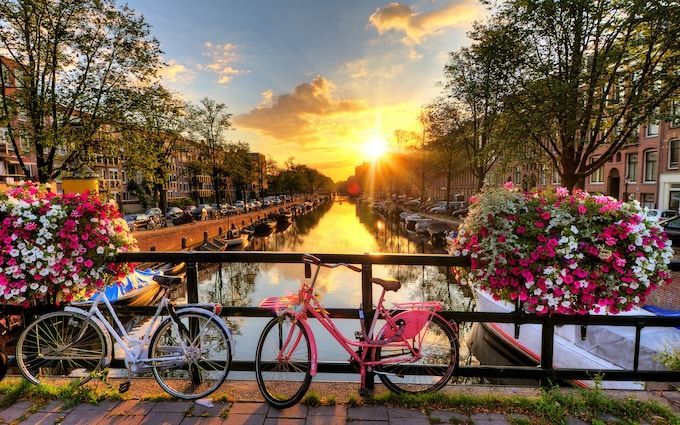Managing everyday travel demand during events
Understanding the challenge
Events, whether major international spectacles or regular local fixtures like football matches, generate significant temporary travel demand. However, this surge does not exist in isolation. It interacts with an already established network of commuters, businesses, and everyday travellers, known as background demand. Without careful planning, peak fan arrival and departure times can overwhelm transport networks, causing congestion, delays, and dissatisfaction. Ensuring that existing travel demand is not an afterthought is crucial for minimising disruption and maximising the positive impact of events on host communities.
Some key examples within the sporting mega-event context that we have worked on include:
- FIFA World Cup 2022 Qatar: Required 60% of background demand to travel differently.
- Gold Coast 2018 Commonwealth Games: Needed 30% of background demand to change.
- Glasgow 2014 Commonwealth Games: Also required a 30% shift.
- London 2012 Olympics: Needed 35% of background demand to change.
- UEFA Champions League Final 2017: Required 30% change to background travel patterns.
- Los Angeles 2028 Olympics: Expected to require even greater changes than Qatar.
The challenge of overlapping demands
Events typically occur within urban environments where transport networks already operate at high capacity during peak hours. Without proactive measures, the influx of event attendees can strain public transport, road networks, and active travel routes, leading to:
- Longer travel times for both event attendees and regular commuters
- Risk of missing the start or end of events due to congestion
- Decreased reliability of public transport services
- Negative impressions of host cities and transport authorities
- Negative perceptions of events within the local community
- Lost opportunities to promote sustainable travel
- Missed chances to enhance an event’s lasting benefits for the community
Addressing these challenges requires a multi-pronged approach that engages individuals, businesses, and industry partners to shape travel behaviour and manage demand effectively.
Photo Source: BBC
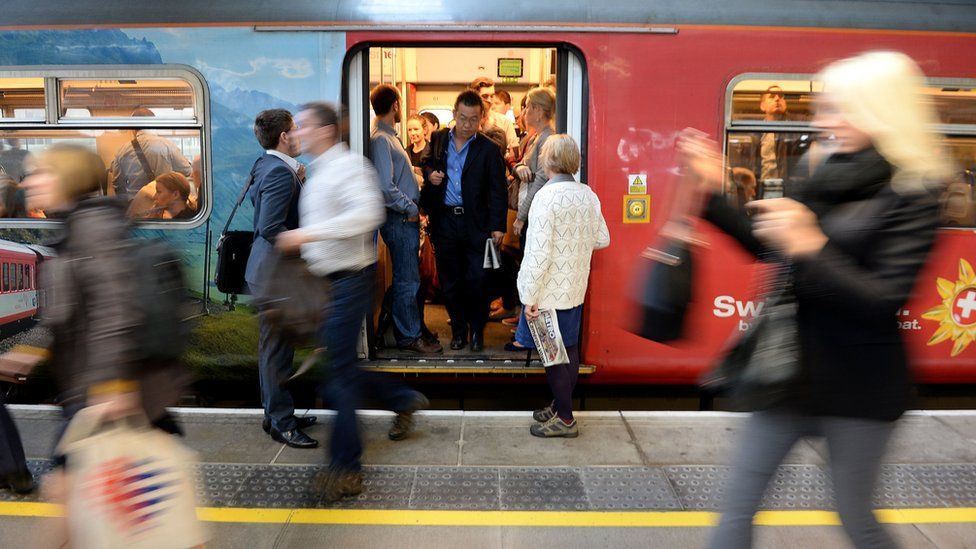
Alternative approaches to influencing everyday travel demand
We recognise that shaping background demand is a complex aspect of event planning. Expanding capacity, such as adding more trains or buses, can be costly and often difficult to implement within the available time frames. Therefore, event organisers should prioritise influencing travel behaviour and timing. Below we highlight some key strategies for managing demand.
Marketing, communications, and individual travel behaviour
One of the most effective ways to mitigate congestion is by influencing individual travel choices through targeted marketing and communications. Strategies such as pre-event engagement, real-time updates, and incentives for sustainable travel can help distribute demand more evenly.
Examples of behaviour change marketing communications implementation:
- London 2012 Olympics: Public engagement campaigns encouraged Londoners to adjust their travel patterns, work from home, or use alternative routes. This was crucial in keeping the transport system functional during peak event periods.
- UEFA Champions League Final 2017 (Cardiff): Communications strategies advised fans to stagger their journeys and make use of park-and-ride schemes, reducing pressure on central transport hubs.
- FIFA Arab Cup 2021 (Qatar): Digital campaigns and clear transport information enabled spectators to plan their journeys efficiently, helping to minimise unnecessary congestion.
- Glasgow Commonwealth Games 2014: Extensive public information campaigns helped locals and visitors alike adjust their travel habits, ensuring smooth transport operations.
For more detail on these examples and the role of marketing and communications in influencing travel behaviours, visit our previous blog here.
Photo source: UEFA Champions League Final 2017
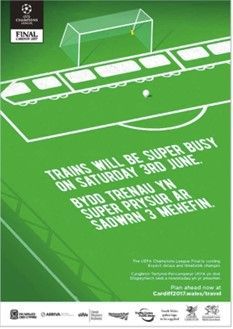
Engaging the business and industry sectors
Beyond individual travellers, engaging businesses is a critical component of managing background demand. Many major events coincide with regular work and commuting hours, necessitating collaboration with local employers and industries to adapt to increased pressures on the transport network.
Examples of business engagement:
- London 2012 Olympics: Businesses were encouraged and supported in implementing flexible working arrangements, remote working, and staggered start times to ease transport pressures during peak event times.
- Glasgow Commonwealth Games 2014: Companies were provided with guidance on adjusting delivery schedules and encouraging employees to use sustainable travel options.
Photo source: Graham James
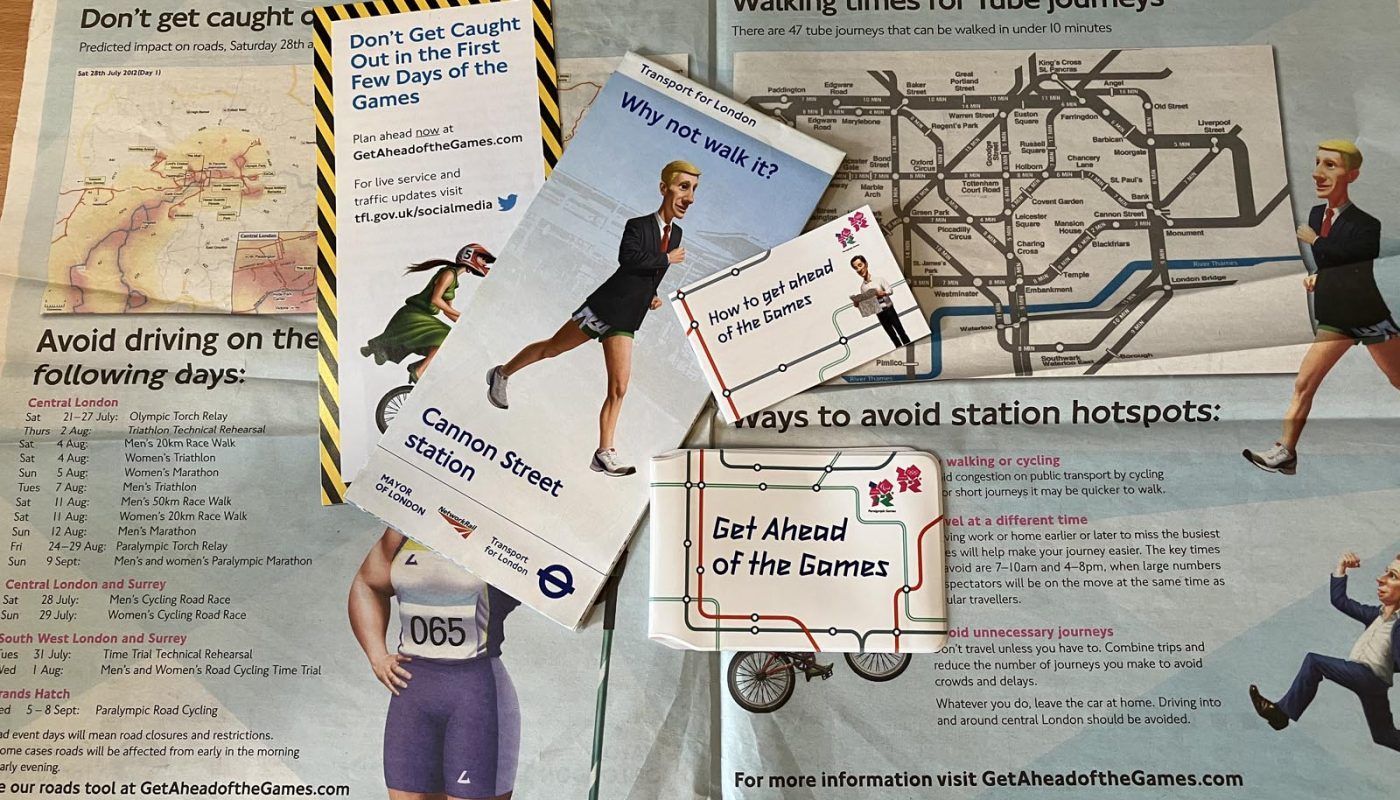
Journey planning and real-time adaptation
Engaging with journey planning platforms, whether bespoke systems developed for specific events or widely used tools like Google Maps, can help shape travel demand in real time. By providing dynamic information, notifications, and alternative route suggestions, these tools can help distribute traveller movements more efficiently.
Notable examples:
- UEFA Champions League Final 2017: Event organisers worked with journey planners to implement temporary travel tags, ensuring users received up-to-date advice on routes and crowding levels.
- Birmingham Commonwealth Games 2022: A bespoke journey planner and live travel updates provided travellers with route alternatives, reducing pressure on the busiest corridors.
- London 2012 Olympics: A spectator Journey Planner was developed and was launched for the Games, where a technical innovation was incorporated forcing the planner to return particular journeys that avoided transport hotspots.
Photo source: Birmingham 2022
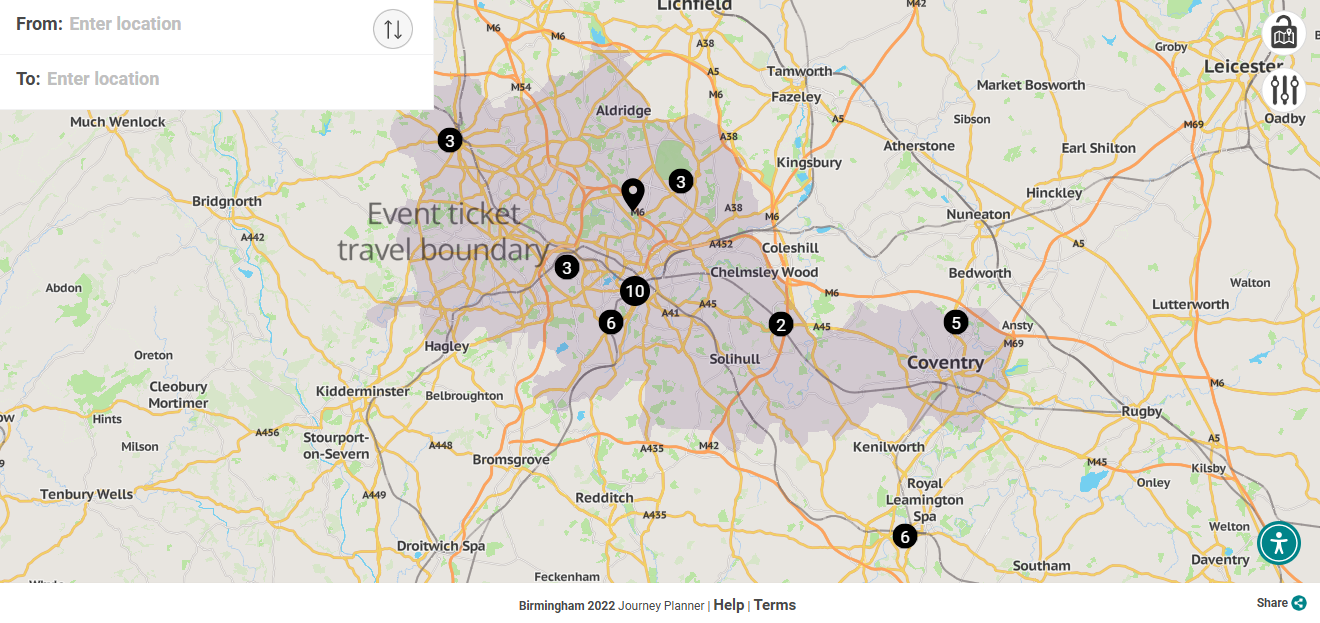
Public-facing hotspot maps for transparency and clarity
Providing the public with visibility into high-demand areas through hotspot maps enables better-informed travel decisions. By identifying congested zones in advance, eventgoers and regular commuters can plan accordingly, easing pressure on the network.
Examples of effective use:
- UEFA Champions League Final 2017: Public hotspot maps displayed expected congestion areas, helping fans and residents make more informed travel choices.
- London 2012 Olympics: Interactive maps showed real-time crowding levels, allowing commuters to adjust their travel plans and avoid the busiest areas.
Photo source: National Stadium of Wales
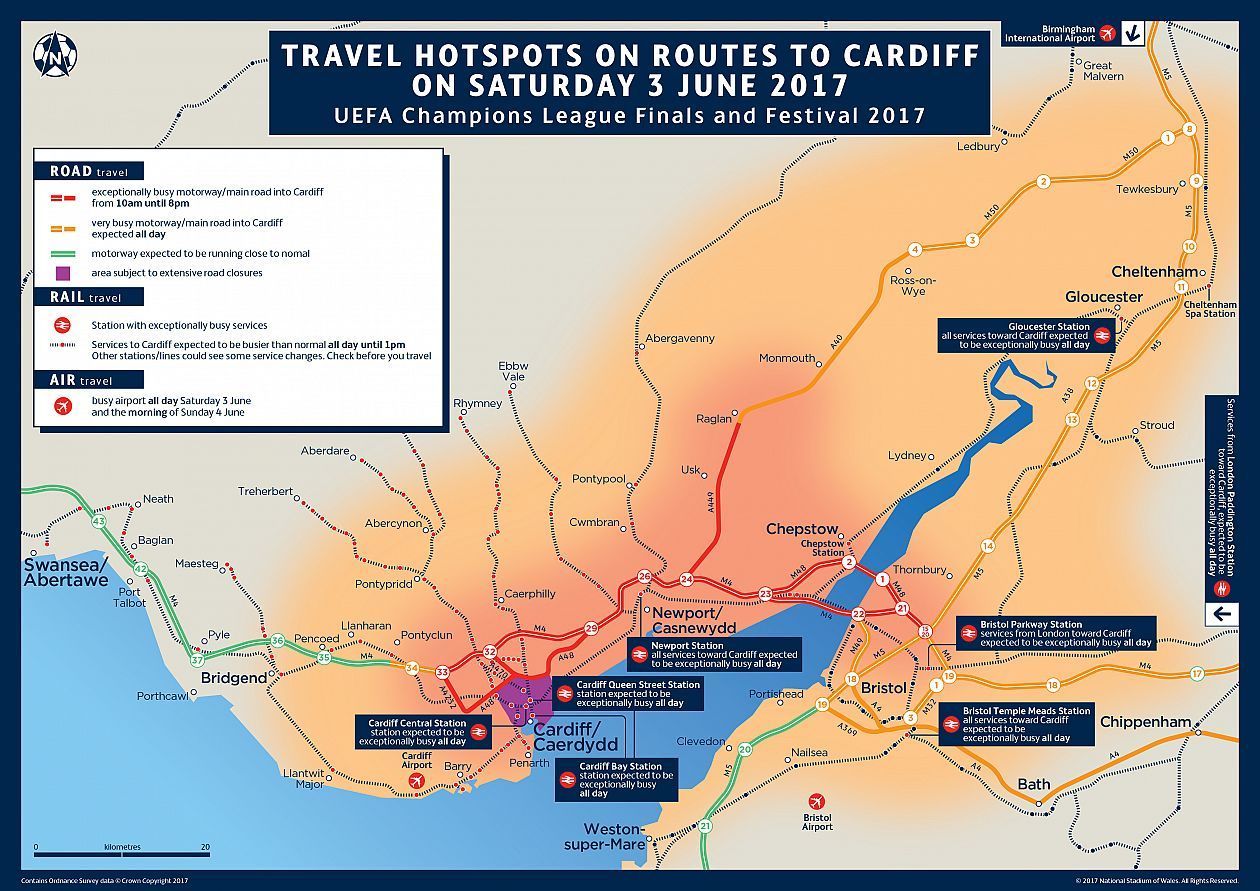
The role of research in shaping strategy
Initial research to understand the demand on travel networks is crucial, enabling the development of strategies that mitigate risks and optimise event-related transport flows. Understanding whether these measures effectively influence travel behaviour is essential for improving future event planning. As such, research plays a key role in assessing whether targets for behaviour change are met and allows for real-time adjustments to improve efficiency. Research in this context can be conducted through:
- Surveys and traveller feedback: Conducting pre- and post-event surveys to assess travel intentions and actual behaviours.
- Real-time data analysis: Using smart ticketing, mobile tracking, and GPS data to monitor congestion points and assess changes in travel patterns.
- Scenario modelling: Running simulations based on different intervention strategies to predict potential bottlenecks and optimise transport plans.
- Stakeholder interviews: Engaging with transport authorities, businesses, and event organisers to gather qualitative insights on the effectiveness of implemented strategies.
- Economic impact assessments: Evaluating the cost-effectiveness of interventions to inform future event planning and investment.
By integrating robust research methodologies into travel demand management, event organisers and transport planners can make data-driven decisions that enhance efficiency, reduce disruption, and improve the experience for all travellers.
Ensuring background demand is a priority
Successful event travel planning must integrate background demand considerations from the outset rather than treating them as an afterthought. This ensures a positive experience for all travellers, minimises disruption to local communities, and enhances the long-term benefits of hosting major events. A well-managed approach can leave a lasting legacy, improving public transport operations, promoting sustainable travel habits, and strengthening collaboration between event organisers, businesses, and transport authorities.
By proactively managing background demand, cities and event organisers can turn potential disruption into an opportunity for innovation, efficiency, and positive change. The background strategies we have helped shape at major events as illustrated above have successfully influenced millions of people to change their behaviour. We’d love to share our insights and support, so please do get in touch with us at hello@intheround.global.

